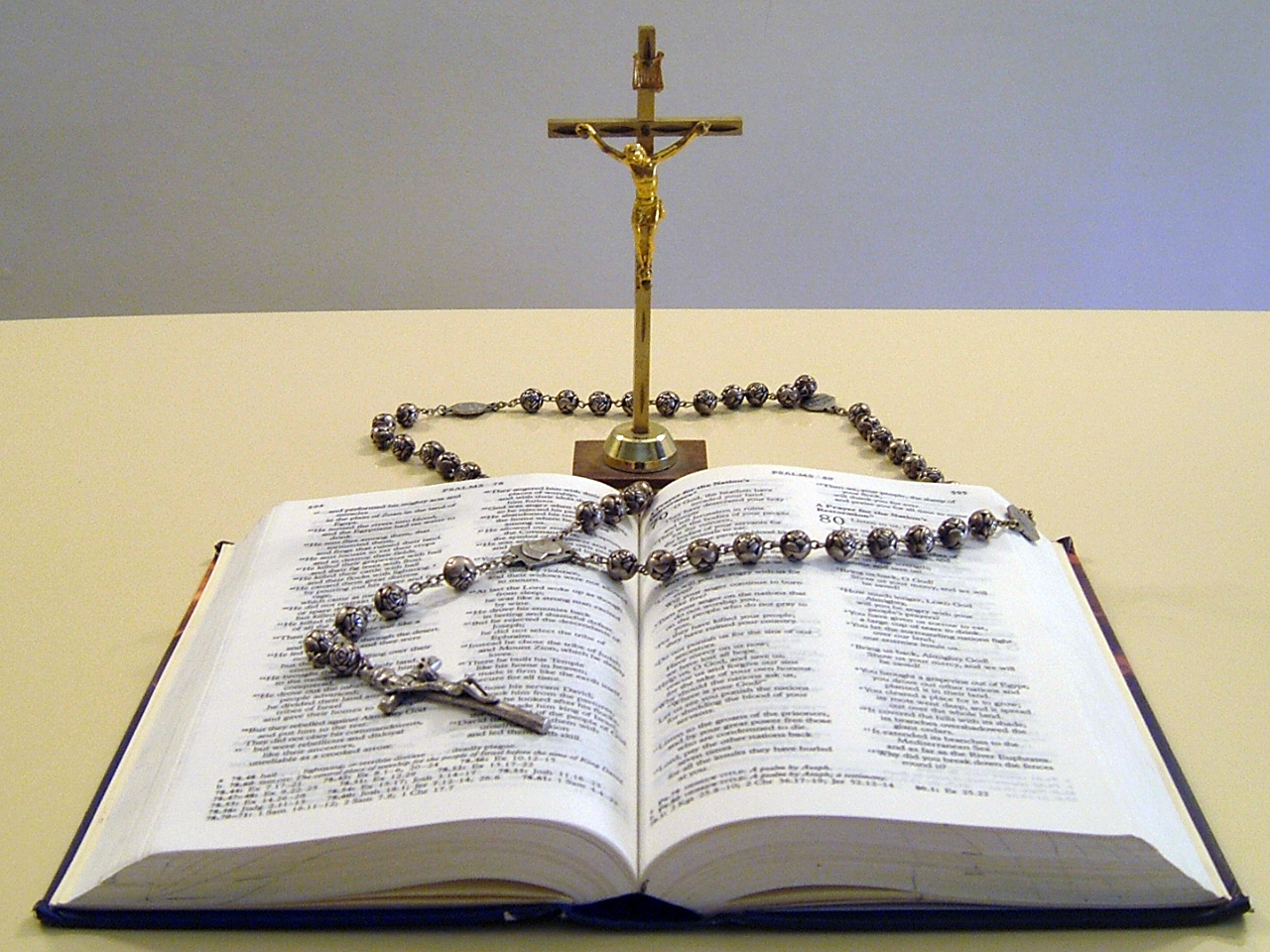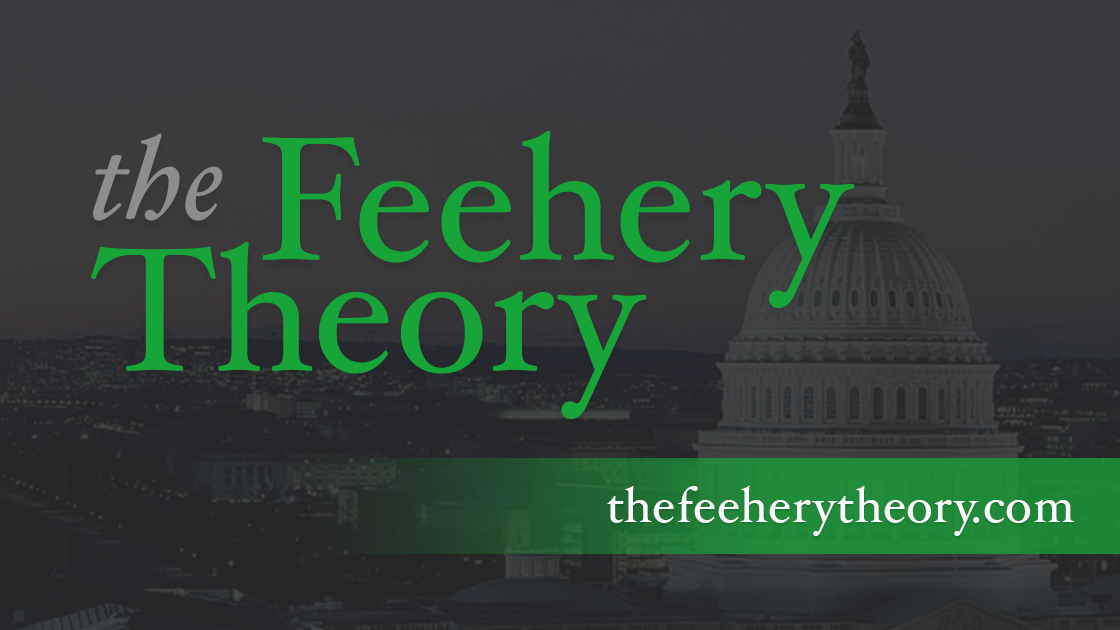Catholic Schools and the Power of Choice
Posted on February 1, 2017

By Original uploader was Issagm at en.wikipedia - Transferred from en.wikipedia, CC BY-SA 3.0, https://commons.wikimedia.org/w/index.php?curid=3895616
It’s Catholic Schools week.
In parish schools throughout the country, Catholic Schools are celebrating their very existence, which for those who don’t know the history, is pretty miraculous.
The oldest Catholic school in the United States is the Ursuline Academy, which was founded by the Sisters of the Order of Saint Ursula in 1727. iIt was the first school to offer classes to female slaves, Native American women and free black women.
And, oh, did I mention, it’s an all girls school and still in operation?
Catholic schools really picked up steam after the heavy influx of Irish and German Catholics in the middle of 19th Century. And with that influx came intense anti-Catholic nativism.
In 1875, in fact, President Grant called for a Constitutional Amendment that prohibited any public money for “sectarian” schools, calling for public schools that would be "unmixed with atheistic, pagan or sectarian teaching."
James Blaine had introduced such an amendment in Congress in 1874. Blaine’s efforts never made it into the U.S. Constitution, but 34 states did adopt it into their State Constitutions. And in those states, they are still in effect today.
As a result, Catholic schools in America have traditionally been underfunded, vis a vis public schools. For most the 20th century, they overcame those disadvantages by employing a low-paid workforce, mostly nuns who had taken a vow of poverty.
Those nuns weren’t necessarily the best educators in the world, but they had a simple mission: Teach Catholic children the faith, teach them discipline, teach them how to read and teach them how to be good Catholics.
When the kids got older, they went to Catholic High Schools, where the nuns handed off their charges usually to priests, who tended to be best educated, but who continued to teach discipline along with theology and philosophy.
My dad would tell me plenty of stories about the Irish Christian brothers and how they would beat sense into him, one way of another.
If Catholic kids had a bright future, the best of the bunch went to Jesuit Universities like Marquette or Georgetown, or iconic schools like Notre Dame. My grandfather played baseball for Notre Dame and graduated around 1929, when Knute Rockne was athletic director.
Like many Catholics, when my parents moved to the suburbs in 1970, they decided to save some money and send their children to public school. Neither my father nor my mother had a particularly happy experience with Catholic education (getting whacked around by nuns and priests leaves an indelible mark), and they were attracted by the nice facilities and the more professional teachers in the suburban schools. And plus, at free, the price was nice.
I would make the observation that once Catholic parents stopped sending their kids to Catholic schools, the Church started losing parishioners.
My Dad would always give me a hard time for not knowing the Baltimore Catechism and for not being able to speak Latin. Of course, it was his own fault. You don’t learn rote Catholic things in public school, and why take Latin when you can take French?
I think that happened to a lot of kids like me who were sent to public school. I ended up going to a Jesuit University, and there I took lots of philosophy and theology courses, which helped a little. But I have been playing catch up when it comes to understanding, knowing and appreciating the rich tradition of the Catholic faith because I didn’t go to Catholic schools.
I am sending my kids to a local parish school and expect to send them to the local Catholic high school and perhaps to Notre Dame (Stanford or where ever they get a scholarship). For me, it’s an important that they have an appreciation for the faith, and that they are taught values that can last a lifetime.
But Catholic schools are different than they were when my parents went there. First of all, there aren’t any angry nuns that take out their anger with smacking kids with a ruler. The teachers at my son’s school are highly professional and do an outstanding job of teaching about faith, but also do an outstanding job teaching about everything else that is important to function in an increasingly complex society.
Keeping those teachers is not easy because they tend to get paid a lot less than their public school counterparts. But our school principal does a remarkable job of keeping and attracting dedicated teachers who share the important mission of education in a Catholic setting.
Of course, the facilities at our school are not as plush as all the public schools. We don’t have a gym or a cafeteria. And tuition at our school has gone up, because it’s not easy to keep up with the costs of running a school, and you can’t rely on the annual fund to bridge the difference.
As a result of the tuition increases, not all parishioners can afford to go to the school. And some parishioners would rather makes use of the better facilities at the public schools.
One of my brothers sent his kids to his local public school, where they have prospered and doing fantastic things. His wife works as principal at the school and she is a very innovative, creative and inspiring administrator. He is a huge proponent of public education and once made the comment to me that the Catholic schools are where the rich kids go.
I don’t doubt that in his community, that is true. And I think more than a bit unfortunate. The Catholic Church is not a Church for rich kids. It’s a church for everybody.
This all brings me to the concept of school choice.
The President has selected Betsy DeVos to be the next Education Secretary.
The Education Department plays a relatively small role in the education of most American children. It has a teeny-tiny budget (by government standards) of five billion dollars and it really acts more as a facilitator of education policy than a dictator. It tries to leverage its small percentage of funding to compel school districts to do what it wants.
DeVos is not Catholic, but she has an appreciation for many of the same issues that concern Catholic parents. She wants to give parents the ability to choose schools that work best for their kids.
For some folks, Catholic school is the right choice. For others, it could be the great public school that has wonderful school Administrators like my brother’s wife. For others, it could be a Lutheran school or charter school. Or a Kipp Academy.
It’s good for parents to have plenty of choices. And it is good for the educational establishment to have some competition.
I would also posit that public schools shouldn’t be saddled with the worst of the worst.
If a kid can’t ask respectfully in school, he (or increasingly she, these days) should be kicked out of school and put into a state sponsored boarding school that deals with kids who continually disrupt class.
And we need to rethink special education. Mainstreaming is not always appropriate and it is certainly not appropriate if it is done to save money.
The fact is we spend more money of education than any other country in the world, and I don’t think we are getting our money’s worth right now.
I am excited that we will have a new Secretary of Education who will think creatively about how to give parents more power and more choices to get the best possible education for their children.
She should take a serious look at all of those states that still hold on to that long legacy of anti-Catholicism by keeping the Blaine Amendment of the books.
DeVos is not a former school teacher and not a former school administrator. But she is a life-long advocate of school choice and that’s enough for me.
For lots of Catholics like me, the right choice is to send my kids to Catholic school.
For others, that might not be the right choice.
But shouldn’t that decision rest in the hands of the parents and not the bureaucrats?
